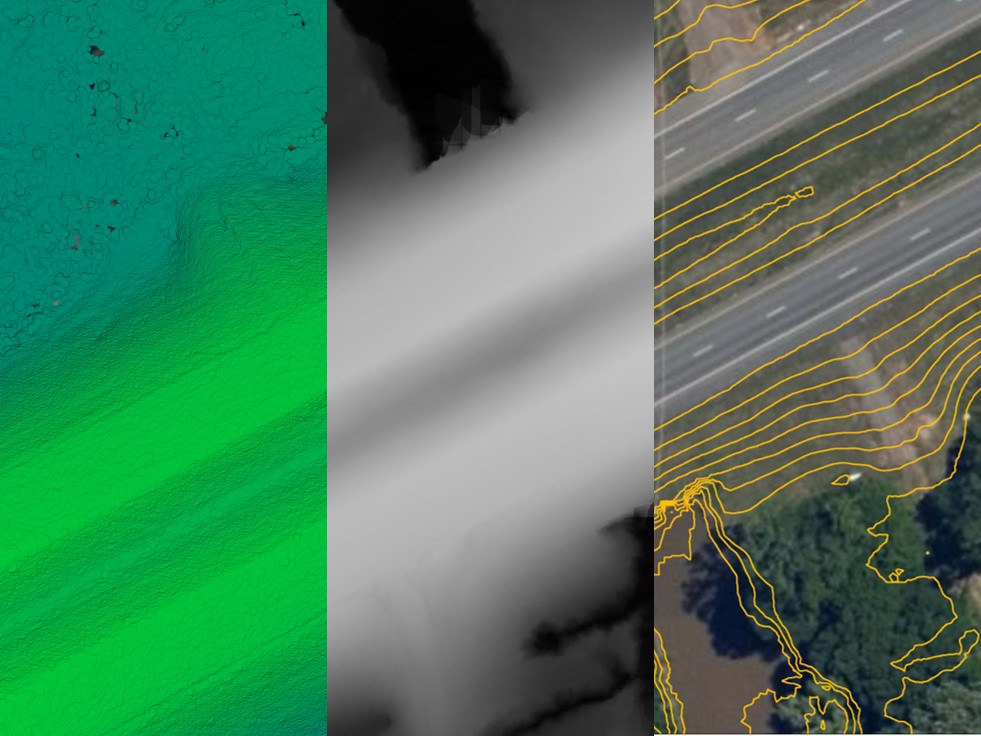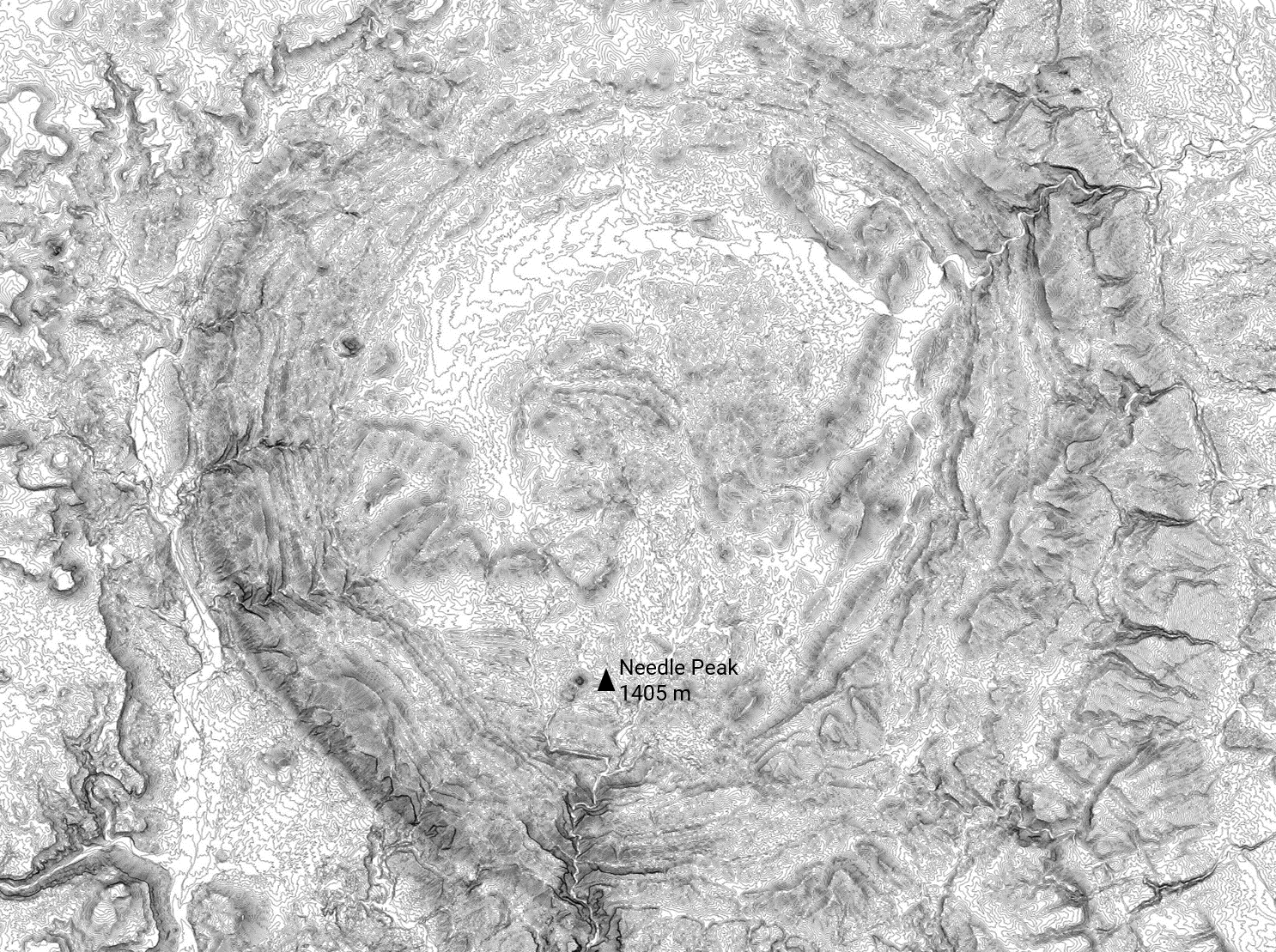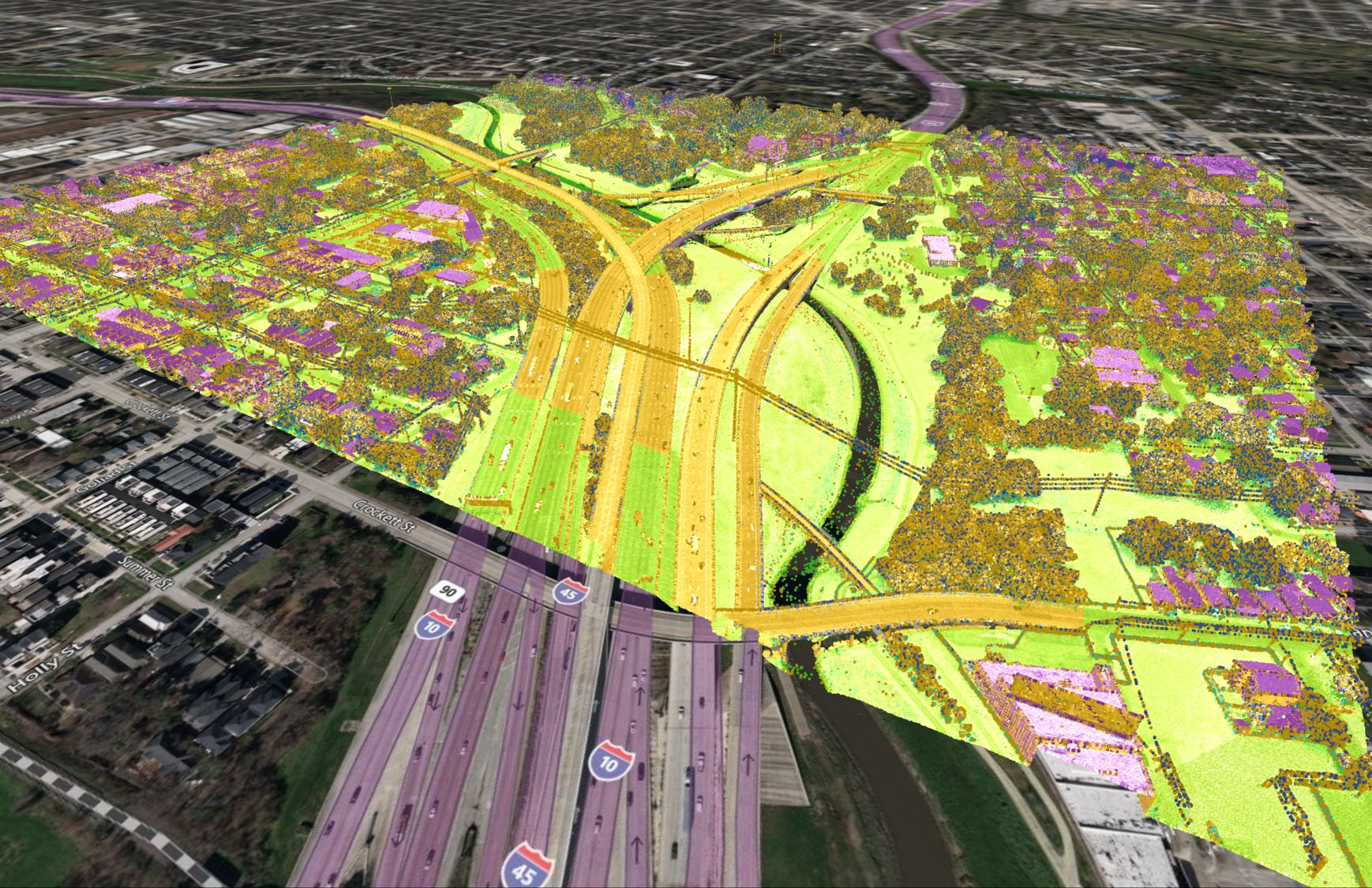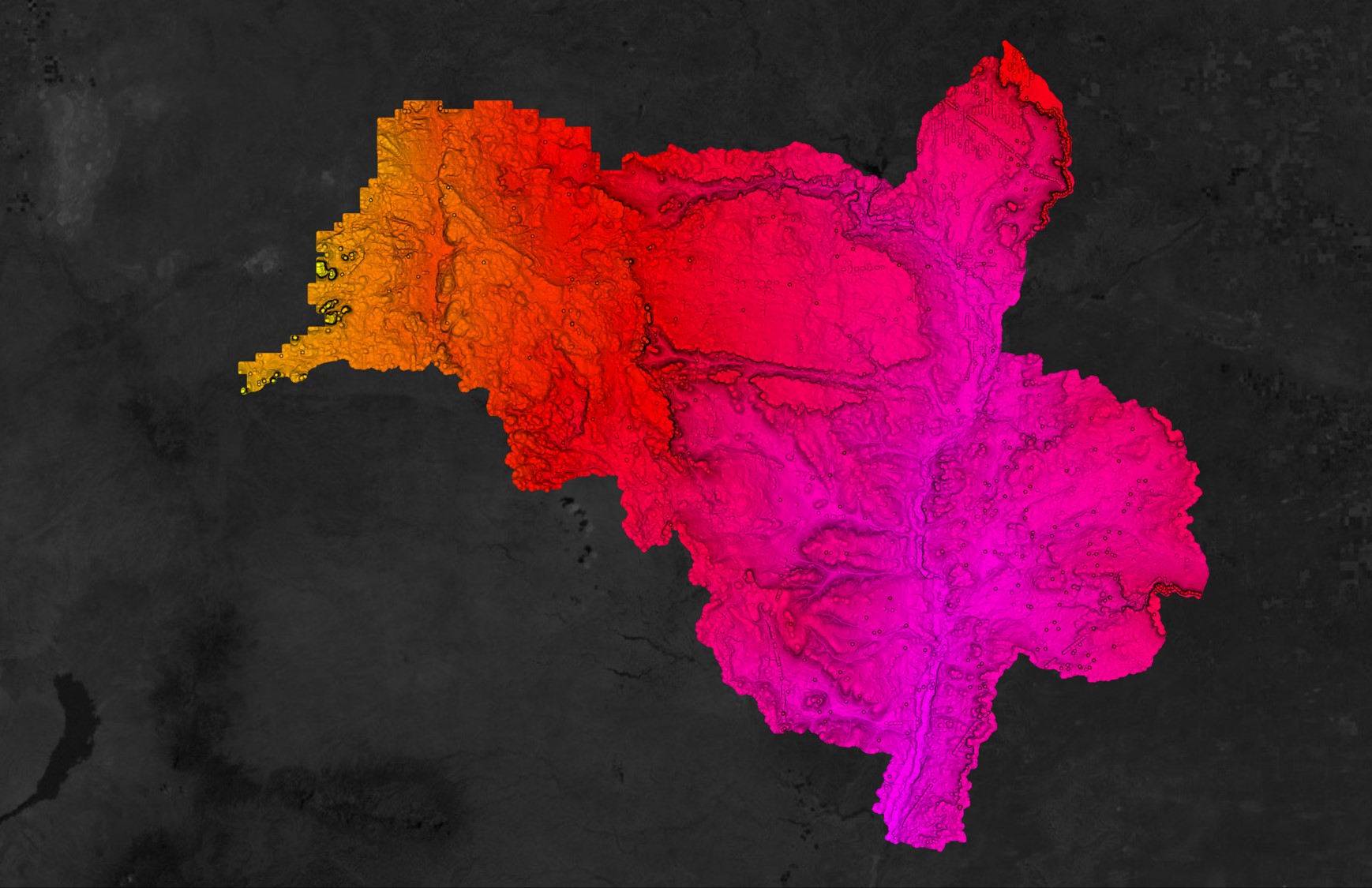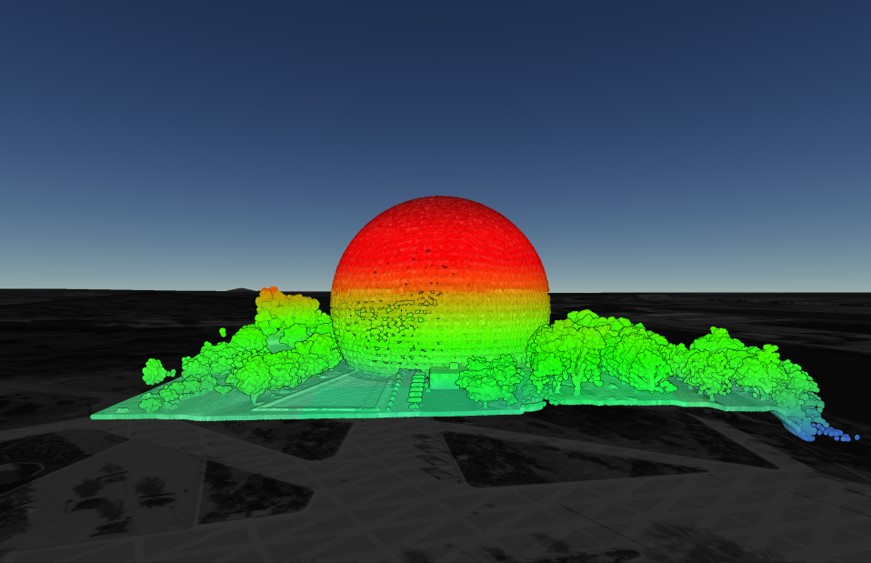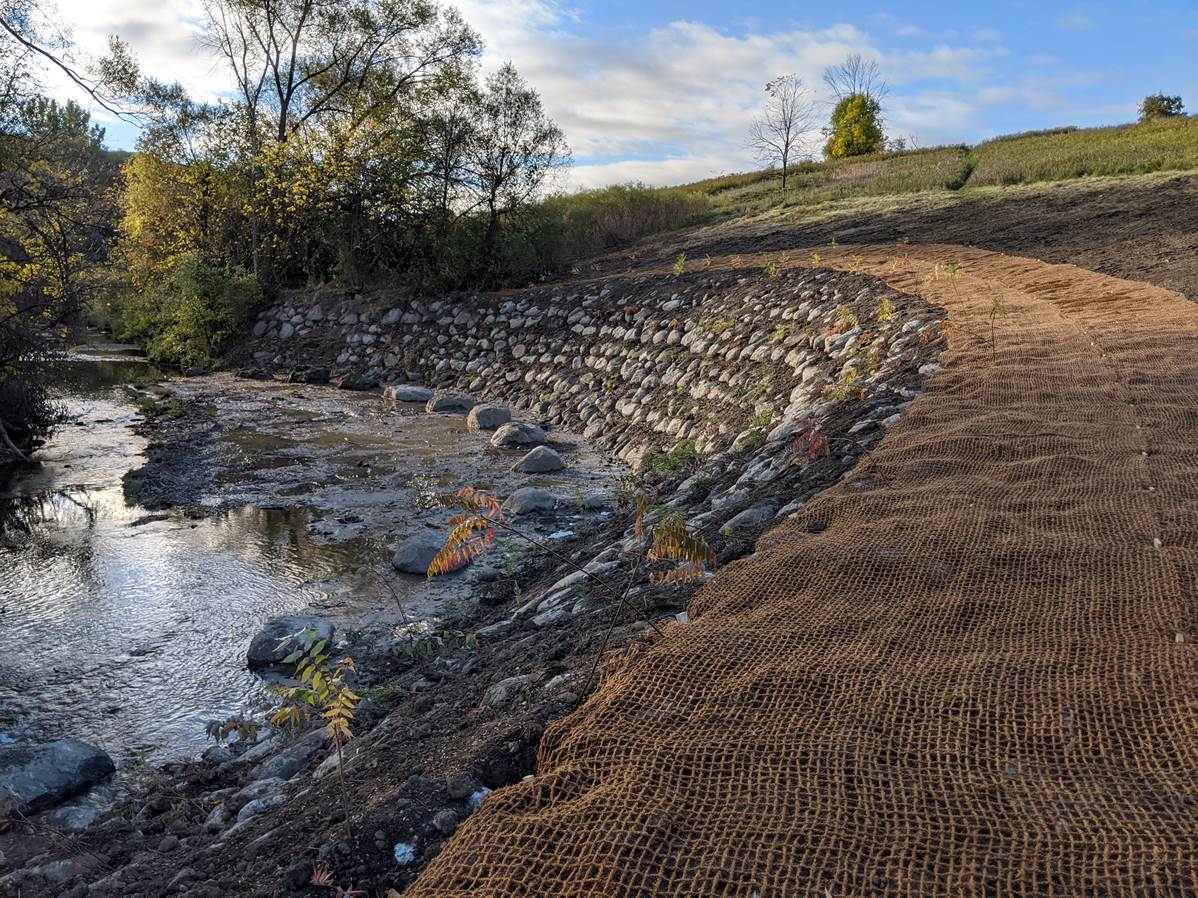Projected vs. Geographic Coordinate Systems
Thought there was only one type of coordinate system? Think again. There are many different kinds that are used for different purposes. This post will be covering the two kinds that are most useful for surveying: projected and geographic.
Projected Coordinate Systems
Projected coordinate systems are grids of straight lines that are used to find positions on two-dimensional maps or data plots. The angles between the intersecting lines are always 90 degrees, and the gap between lines that go in the same direction is always constant. Projected coordinate systems have four quadrants with an origin at the point (0,0) in the middle. Coordinates to the left of the origin have negative values, while those right of the origin are positive. Similarly, coordinates below the origin have negative values and those above the origin are positive. This system is accurate and easy to use when dealing with two-dimensional data, but it is impossible to use in three-dimensional situations. For that purpose, a geographic coordinate system is best. (source)

Example of Projected Coordinate Systems

The Earth is an example of a Geographic Coordinate System
Geographic Coordinate Systems
Geographic coordinate systems represent three-dimensional spherical surfaces such as the earth. They have vertical lines called longitude and horizontal ones called latitude. Longitude and latitude lines are drawn by measuring angles from the center of the sphere, so the values along the lines are stated as angles. In a geographical coordinate system, the angles of intersection and distances between the lines are not constant. The longitude lines converge at the north and south, and the latitude lines get farther apart as they approach the poles. The geographic coordinate system that maps out our planet is divided into quadrants, much like projected coordinate systems. North and south are on either side of the equator, or line of zero latitude. East and west are on either side of the prime meridian, the line of zero longitude. (source)



